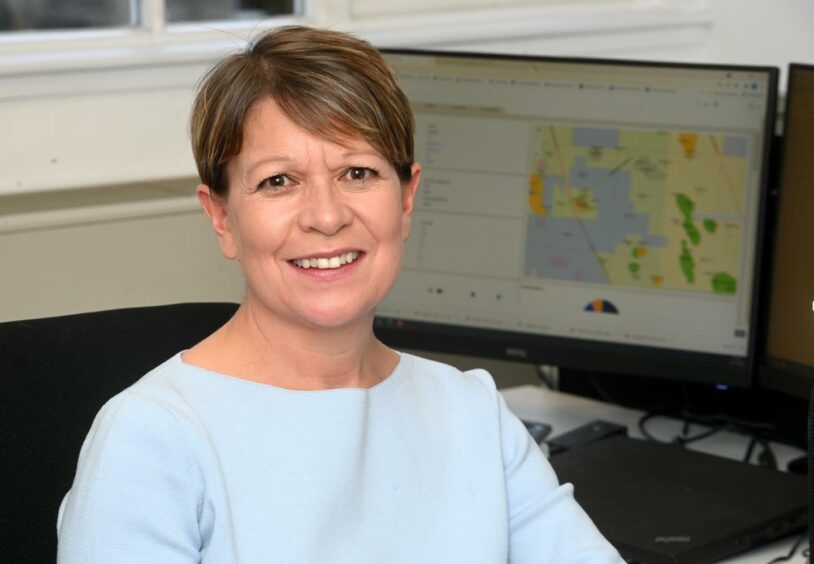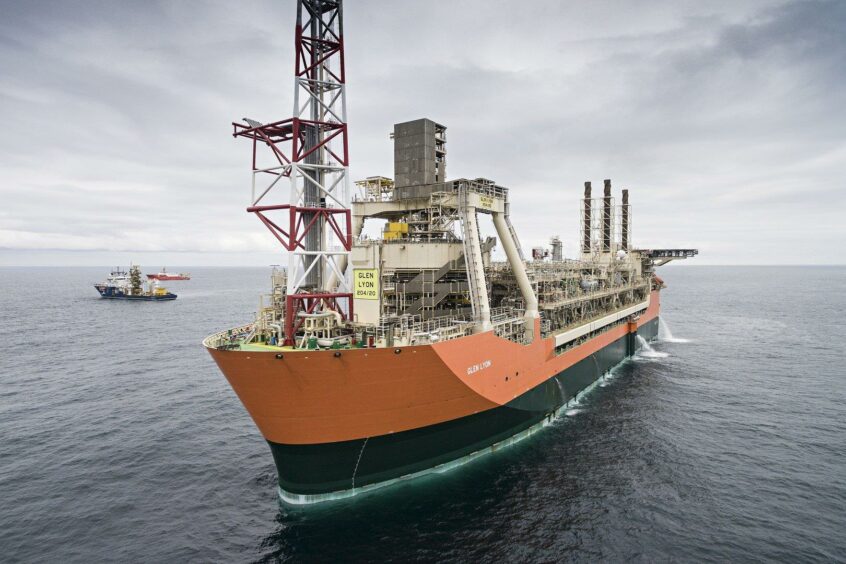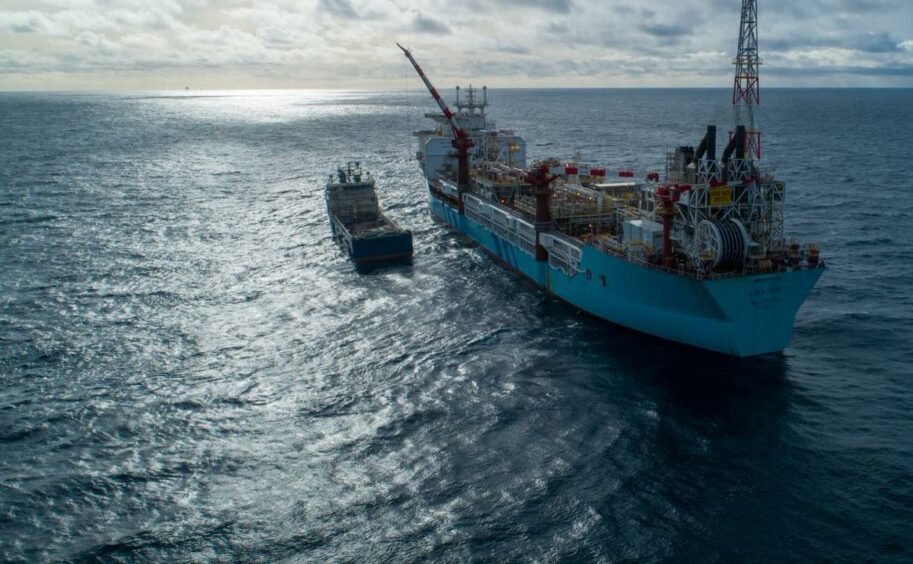
A permanent feature of the West of Shetland for many years, the Foinaven vessel recently left the namesake BP field for the last time.
Now on stopover at Hunterston Port on the west coast of Scotland, preparations are being made to break up the iconic floating production, storage and offloading (FPSO) ship.
But while it’s the end of the road for the anchored production vessel, several options are being chewed over for the West of Shetland field.
BP mulling things over
Estimates place Foinaven’s remaining reserves at 200 million barrels of oil, a not inconsiderable amount to say the least.
News agency Reuters reported in March that BP was hoping to offload Foinaven, and that the UK energy security drive could aid this effort.When asked for an update recently, the oil giant restated that it is currently reviewing options for the future of the field.
Senior analyst at Westwood Global Energy Group, Yvonne Telford, said: “On Foinaven we understand that BP is evaluating plans for a redevelopment of the field. In fact, this was initiated prior to the cessation of operations with this FPSO. As with Clair South, an electrification solution for the West of Shetland area will be key for BP in progressing these developments.”
A redevelopment
There seems to be general agreement that a redevelopment of Foinaven is on the cards in order to retrieve the field’s remaining resources.
And with oil fluctuating around $100 a barrel, it is a for more attractive proposition to any potential buyers than it was a year ago.
Ms Telford said: “BP has been effective in the divestment of its non-core assets, with an established track record in the UK of ‘moving assets into the right hands’.
“High commodity prices are helping to increase the number of potential buyers and would make a Foinaven redevelopment more attractive, but prospective buyers will need deep pockets to fund the project.
“Whether energy security is sufficient to encourage the wider investment community back to the E&P sector, which has also been hit by another change in the fiscal regime, remains to be seen.”
Ashley Kelty, an analyst at investment bank Panmure Gordon, worked on Foinaven in the run-up to first oil, achieved in 1997.
On what could be next for the field, he said: “I suspect that a partial redevelopment could occur, as current commodity prices mean that the field wouldn’t have reached cessation of production were it not for the end of life of the FPSO.
Getting oil could be tough
“However, while a pure subsea development would work for the gas, I’m not sure whether another FPSO could be secured at an economic price, unless it was leased, to get the remaining oil.”
One option open to BP to get the remaining oil from Foinaven could be to use its existing assets in the region.
Paul Weidman, head of oil and gas at Gneiss Energy, said: “The removal of the Petrojarl Foinaven FPSO has left a significant amount of resources in the ground, up to 200 mmbbls.
“Given the increased focus on security of supply, and indeed the commodity price rise, a redevelopment of the field, either standalone or via Schiehallion, will likely be more in focus.”
EPL impact
As it stands, it’s a good time to invest in the North Sea, with companies able to claim tax relief on cash spent on new projects.
Included as part of the energy profits levy (EPL), the mechanism is aimed at boosting domestic oil and gas production in order to bring down prices and offset Russian imports.
But with a redevelopment of Foinaven likely to take years, and the EPL wrapping up at the end of 2025 at the latest, companies will struggle to benefit from the relief.
Ms Telford said: “Due to the size and scope of the projects, Foinaven and/or Clair South, the development process for these fields will take time and therefore unlikely to fully benefit from the EPL incentives, if the levy remains time bound to end in 2025.”
Potential suitors
The question for many is, if BP does decide to offload Foinaven, as it is assumed it will, who will be in the running to acquire the field.
A host of minor independents have set up shop in the North Sea in recent years, buying up assets that have been neglected by the big players and giving them a fresh start.
And it’s likely that they will throw their hat into the ring to pick up Foinaven.
Mr Kelty said: “In terms of potential buyers, I guess it would be the smaller independents that would be interested – Harbour Energy (LON:HAR), EnQuest (LON:ENQ), Serica Energy (LON:SQZ), Kistos Energy (LON:KIST), i3 Energy (LON:i3E) all could be interested. Some of the foreign national oil companies could be interested as well.
“However it will all come down to the economics and whether a profitable solution could be reached.”
Mr Weidman added: “Potential partners or purchasers of the project are likely to be those companies West of Shetland and/or where tax status and the EPL makes any pre-2026 investment more attractive.
“These companies include Shell (LON:SHEL), Equinor (OSLO:EQNR), Ineos, Ithaca Energy, Harbour, RockRose Energy, Kistos, NEO Energy, Serica and Hurricane Energy (LON:HUR).”
Recommended for you


 © Supplied by DCT Media
© Supplied by DCT Media © Supplied by BP
© Supplied by BP © Supplied by HM Treasury
© Supplied by HM Treasury © Supplied by Hurricane Energy
© Supplied by Hurricane Energy